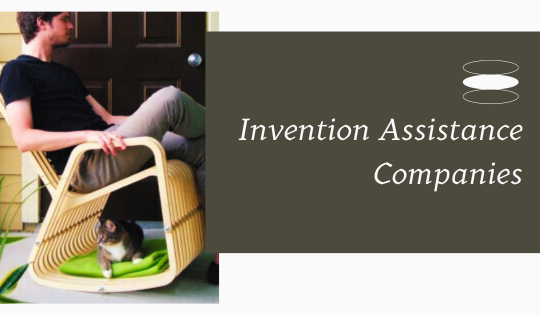In the realm of innovation and invention, securing a patent to protect one’s intellectual property is a critical step for inventors seeking to bring their ideas to fruition. However, the process of obtaining a patent and navigating the legal landscape surrounding intellectual property can be rife with myths and misconceptions.
Myth 1: Ideas Alone Can Be Patented
One prevalent misconception among new inventors is the belief that mere ideas or concepts can be patented. In reality, patents are granted for tangible inventions that meet specific criteria, including novelty, utility, and non-obviousness. To obtain a patent, inventors must demonstrate a clear and concrete manifestation of their idea, typically through a working prototype or detailed description that enables others to replicate the invention. Therefore, while ideas serve as the foundation for inventions, patents are awarded for the implementation and embodiment of those ideas in a tangible form.
Myth 2: Patenting Is Only for Large Corporations
Another common myth surrounding patenting is the perception that it is exclusively reserved for large corporations with extensive resources and expertise. In truth, patents are accessible to inventors of all backgrounds, including individual entrepreneurs, startups, and small businesses. The patent system is designed to protect and incentivize innovation across various industries, irrespective of the size or scale of the entity seeking protection. By leveraging patent resources and professional assistance, such as services provided by companies like InventHelp, inventors can navigate the patenting process effectively and secure valuable intellectual property rights for their inventions.

Myth 3: Patenting Is Expensive and Time-Consuming
While it is true that obtaining a patent can involve costs and require a significant investment of time, the belief that patenting is prohibitively expensive and time-consuming is a myth. With careful planning, strategic guidance, and efficient utilization of resources, inventors can manage the financial aspects of the patent process and streamline the timeline for securing a patent. Moreover, organizations like InventHelp and legal professionals can offer cost-effective solutions and expedite the patent application process, helping inventors protect their innovations in a timely and affordable manner.
Myth 4: Patenting Guarantees Commercial Success
One of the most persistent myths about patents is the notion that securing a patent automatically translates into commercial success and financial prosperity. While patents provide inventors with exclusive rights to their inventions and a competitive edge in the market, success is not guaranteed solely by holding a patent. Factors such as market demand, competitive landscape, marketing strategies, and business execution play critical roles in the commercialization of inventions. Inventors must complement their patent protection with robust business planning, market research, and strategic partnerships to maximize the potential for success in bringing their innovations to market.
Myth 5: Patenting Inventions Is Only for Technological Innovations
A prevalent misconception is that patents are limited to technological or scientific breakthroughs, excluding inventions from other fields such as design, arts, and business methods. In reality, the scope of patent protection extends to a wide range of innovations, including industrial processes, software algorithms, ornamental designs, and innovative business models. Inventors from diverse disciplines can explore patenting as a means to safeguard their unique creations and gain a competitive advantage in their respective industries. By understanding the breadth of patent eligibility, inventors can leverage intellectual property rights to protect a diverse array of innovations.
Conclusion
The world of patenting invention ideas is filled with myths and misconceptions that can hinder the progress and success of new inventors. By debunking common myths surrounding patenting, we aim to empower inventors with accurate information and insights to navigate the patent landscape effectively. Understanding the nuances of patents, leveraging professional assistance from organizations like InventHelp invention company, and dispelling misconceptions can enable inventors to protect their intellectual property, attract investment opportunities, and propel their innovative ideas towards realization. As new inventors embark on their journey of innovation and creativity, separating fact from fiction in the realm of patenting is essential for fostering a culture of innovation and supporting the growth of groundbreaking ideas in diverse fields.





